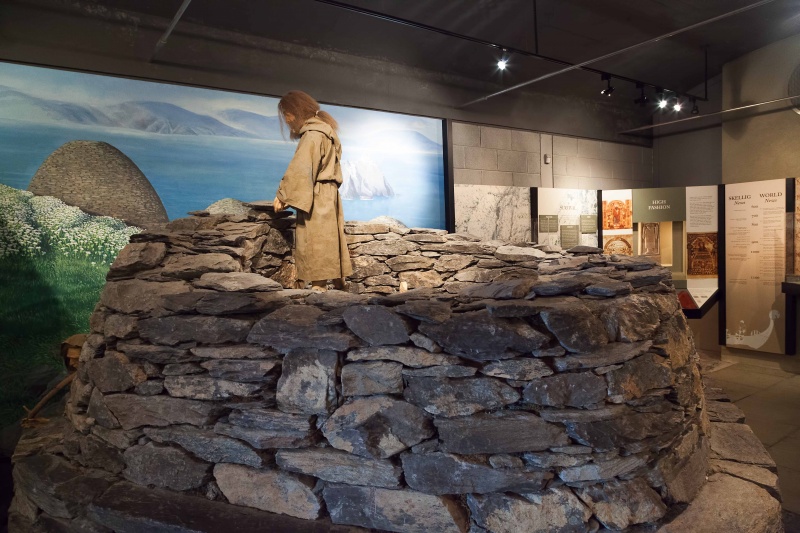Quick note: during this trip I’ve been through both Northern Ireland and the Republic of Ireland so when I say “Ireland” I’m talking about the island.
This might be a good time to mention that Northern Ireland uses the Sterling pound (being part of the UK) while the Republic of Ireland uses the Euro (as a member of the EU). The speed limits in Northern Ireland are in miles (since they use the Imperial system) while the signs in the Republic of Ireland are in kilometers (because they use the non-retarded system AKA metric) but at least they both drive on the left side of the road.
My itinerary pretty much followed the coast all around the island so I didn’t really see the interior. I actually took the ferry there so I started in the south and traveled counter-clockwise.
Ireland is not called the Emerald Isle for nothing: it’s pretty green, which is probably due to all the rain they get.
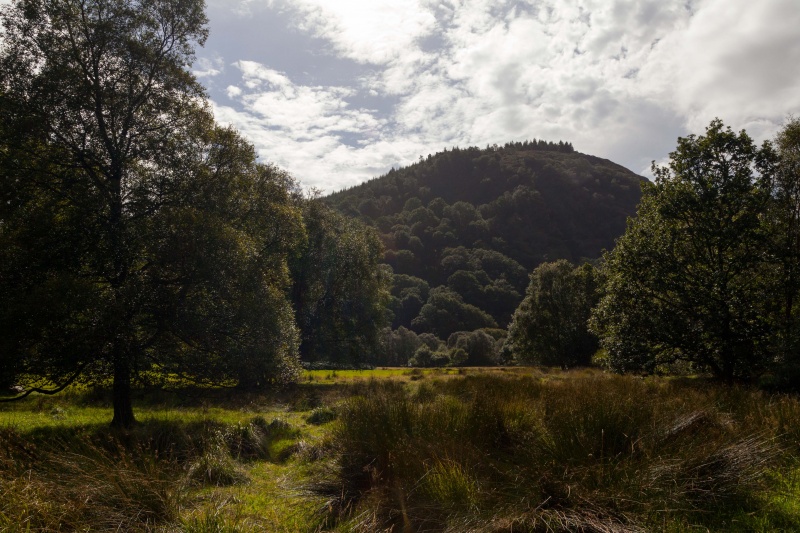 That being said there are noticeable differences between regions and we’ll see more about that later.
That being said there are noticeable differences between regions and we’ll see more about that later.
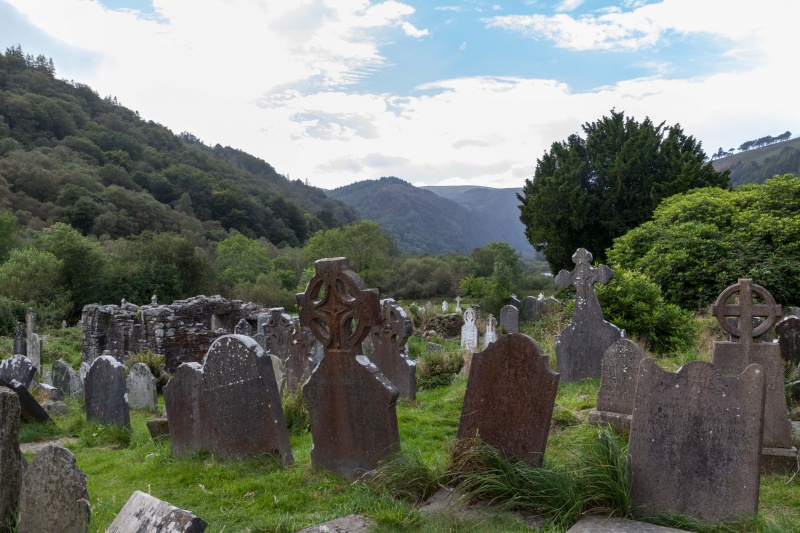 The landscape is beautiful but Ireland also has a lot of ruins, castles, churches and cemeteries all over the place.
The landscape is beautiful but Ireland also has a lot of ruins, castles, churches and cemeteries all over the place.
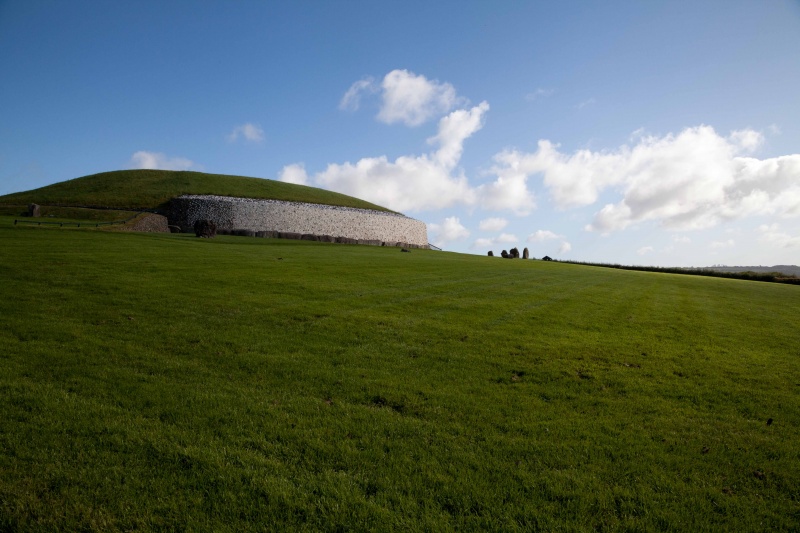 One of those is the famous Newgrange (or Brú na Bóinne). It’s a prehistoric monument dating from the Neolithic and at over 5000 years old it’s even older than Stonehenge and the Pyramids of Giza.
One of those is the famous Newgrange (or Brú na Bóinne). It’s a prehistoric monument dating from the Neolithic and at over 5000 years old it’s even older than Stonehenge and the Pyramids of Giza.
 The main chamber is reached by direct sunlight once a year during the winter solstice and obviously it’s extremely hard to visit during that time.
The main chamber is reached by direct sunlight once a year during the winter solstice and obviously it’s extremely hard to visit during that time.
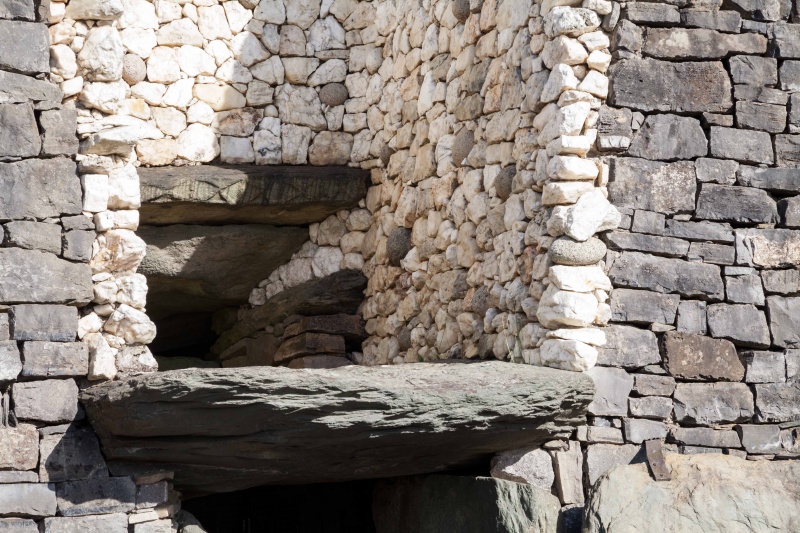 Although it probably held some religious significance, the purpose of the monument is not certain. The site contains many carvings but they are abstract and predate monotheistic religions (pictures of the interior are forbidden, sorry).
Although it probably held some religious significance, the purpose of the monument is not certain. The site contains many carvings but they are abstract and predate monotheistic religions (pictures of the interior are forbidden, sorry).
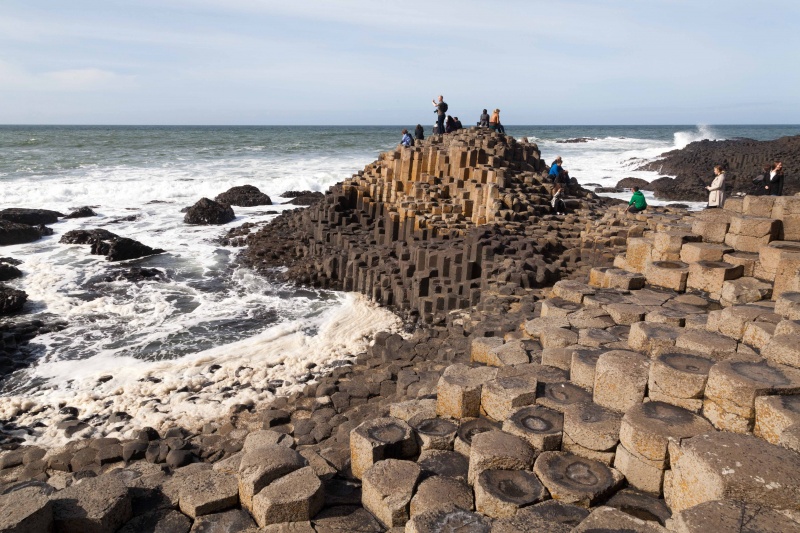 Another well-known site is the Giant’s Causeway (also a UNESCO World Heritage Site by the way), made of basalt columns resulting from a volcanic eruption.
Another well-known site is the Giant’s Causeway (also a UNESCO World Heritage Site by the way), made of basalt columns resulting from a volcanic eruption.
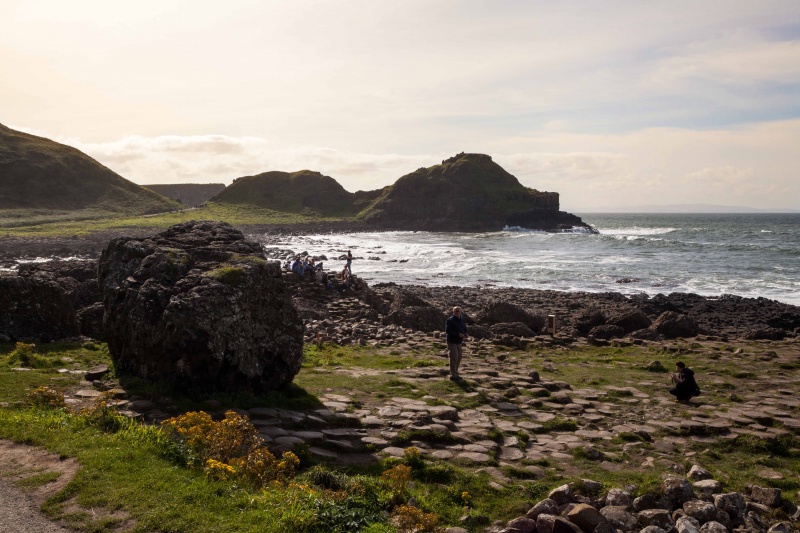 There are lots of tourists there but the coast is beautiful and is a nice hiking spot.
There are lots of tourists there but the coast is beautiful and is a nice hiking spot.
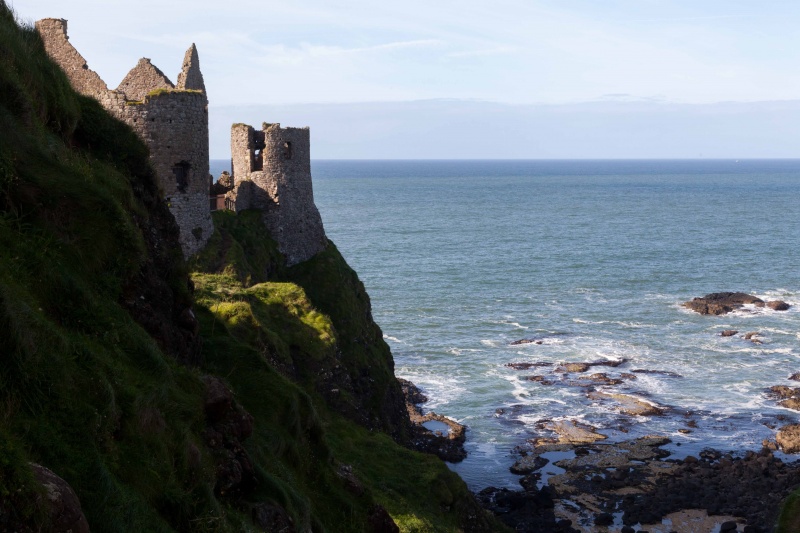 In a different style, the ruins of Dunluce Castle were also interesting to see. The castle is located right on the edge of a cliff, which gives some pretty nice views.
In a different style, the ruins of Dunluce Castle were also interesting to see. The castle is located right on the edge of a cliff, which gives some pretty nice views.
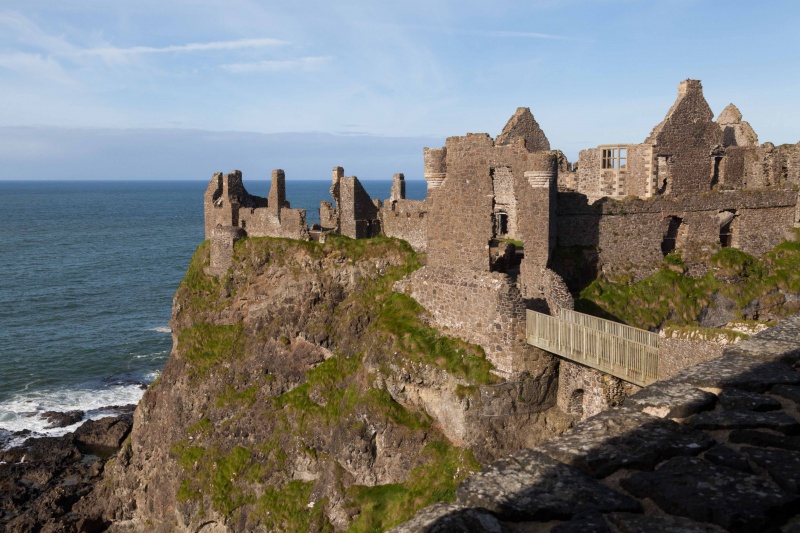 If you like Irish Whiskey the Bushmills distillery is not very far and can be visited (although the use of electronic devices is forbidden inside due to the alcohol vapors).
If you like Irish Whiskey the Bushmills distillery is not very far and can be visited (although the use of electronic devices is forbidden inside due to the alcohol vapors).
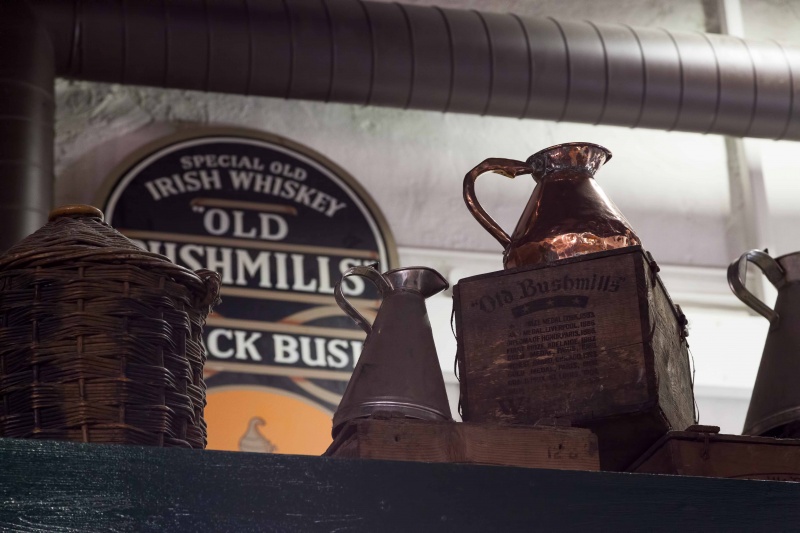 Next we have the Grianán Ailigh, an old stone ringfort dating from the sixth or seventh century and located on top of a hill.
Next we have the Grianán Ailigh, an old stone ringfort dating from the sixth or seventh century and located on top of a hill.
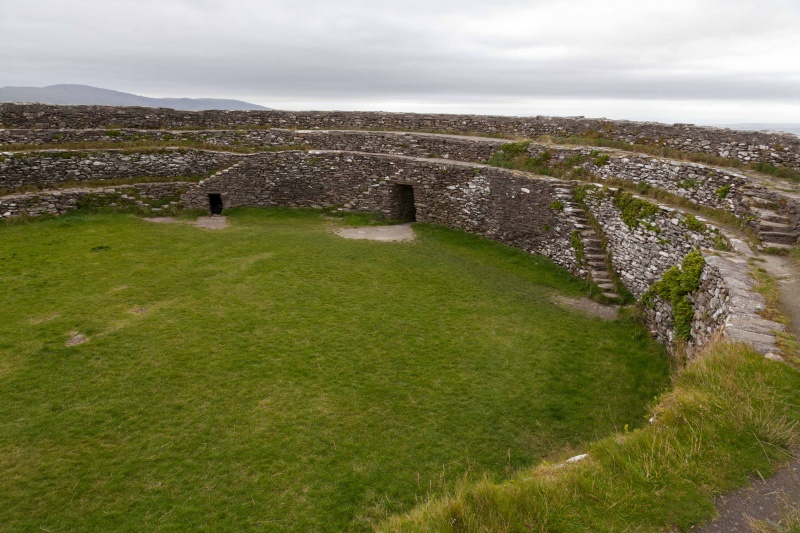 The landscape is a bit different around here but still impressive, here we have the Benbulbin in County Sligo:
The landscape is a bit different around here but still impressive, here we have the Benbulbin in County Sligo:
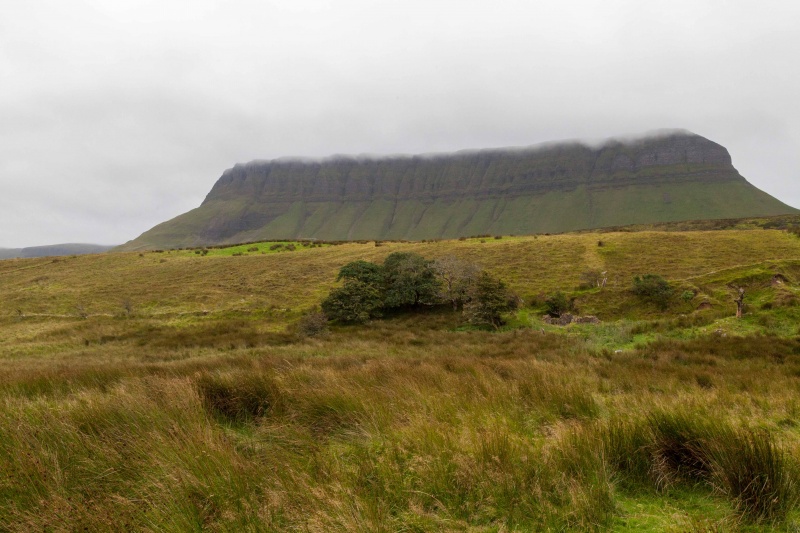 Further away we have the Murrisk National Famine Memorial, depicting a ship full of emigrants fleeing the famine in Ireland.
Further away we have the Murrisk National Famine Memorial, depicting a ship full of emigrants fleeing the famine in Ireland.
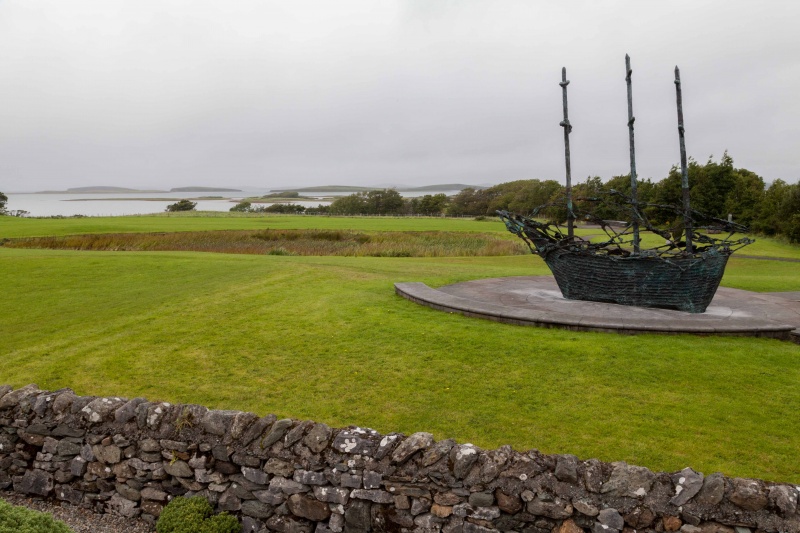 Beautiful from afar but certainly a bit creepy from up close.
Beautiful from afar but certainly a bit creepy from up close.
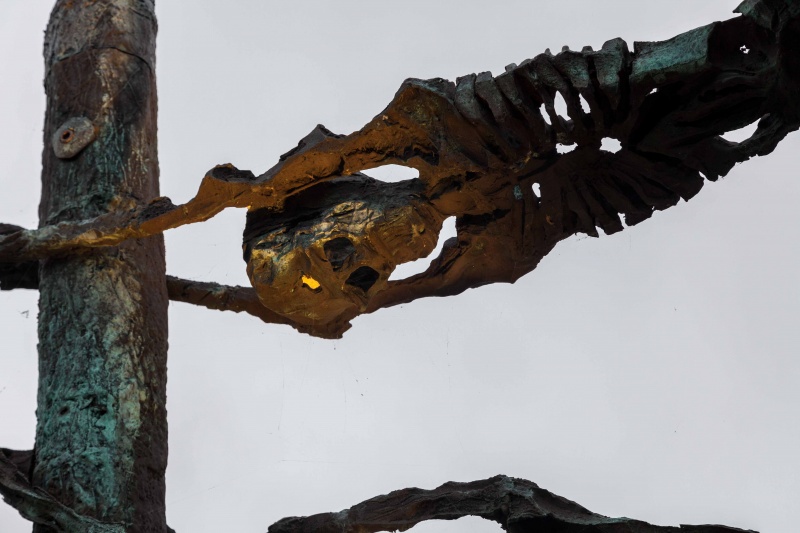 Next I went through the Doolough Pass, which was shrouded in mist at the time.
Next I went through the Doolough Pass, which was shrouded in mist at the time.
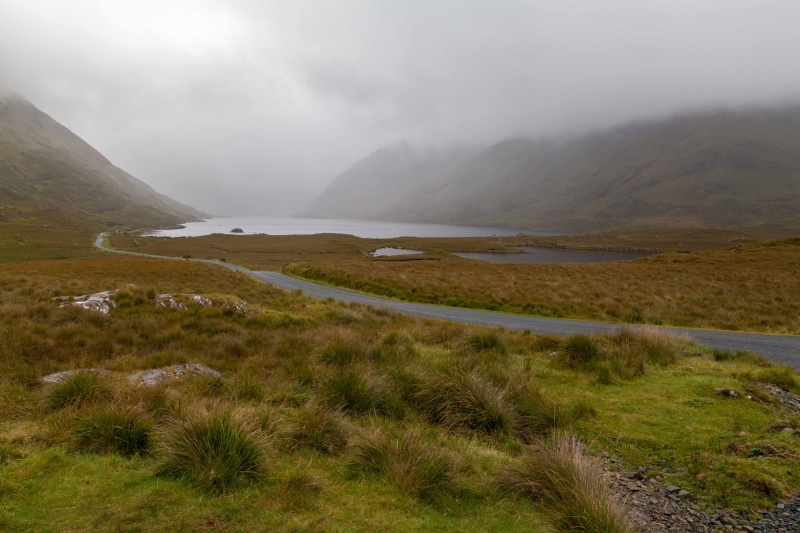 Another famous site is the Kylemore Abbey, its architecture is lovely and its location next to a lake gives great pictures.
Another famous site is the Kylemore Abbey, its architecture is lovely and its location next to a lake gives great pictures.
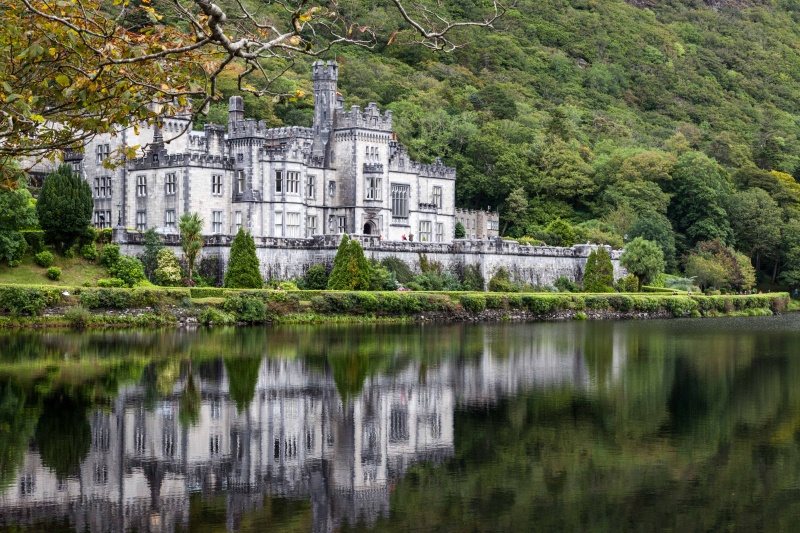 Another change of landscape with the rocky hills devoid of trees in the Connemara.
Another change of landscape with the rocky hills devoid of trees in the Connemara.
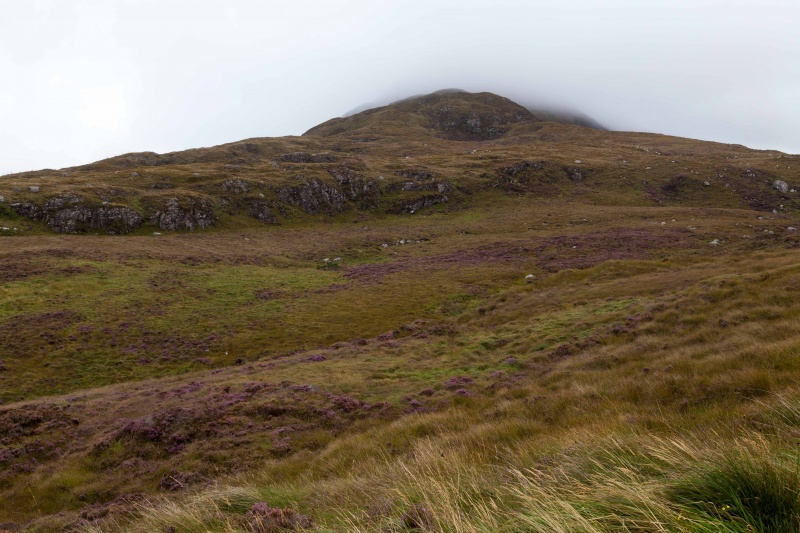 According to a local museum there used to be forests here but they’ve been gone for thousands of years.
According to a local museum there used to be forests here but they’ve been gone for thousands of years.
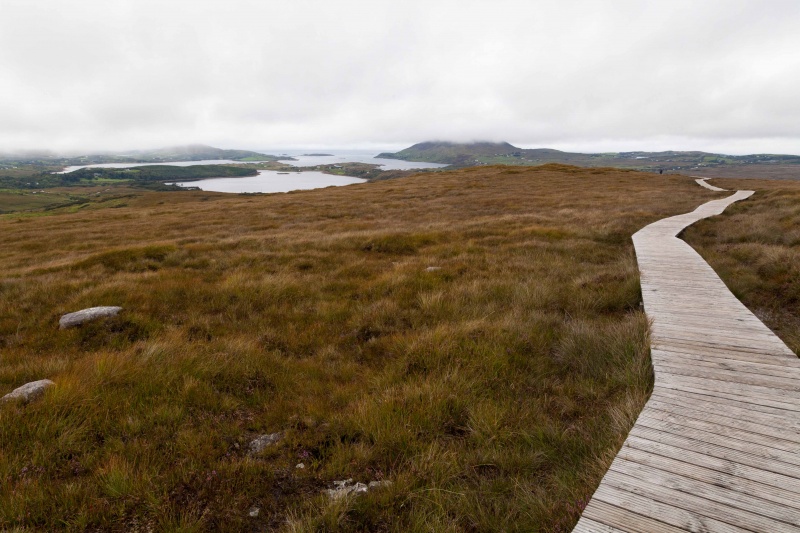 One more castle with Dunguaire Castle:
One more castle with Dunguaire Castle:
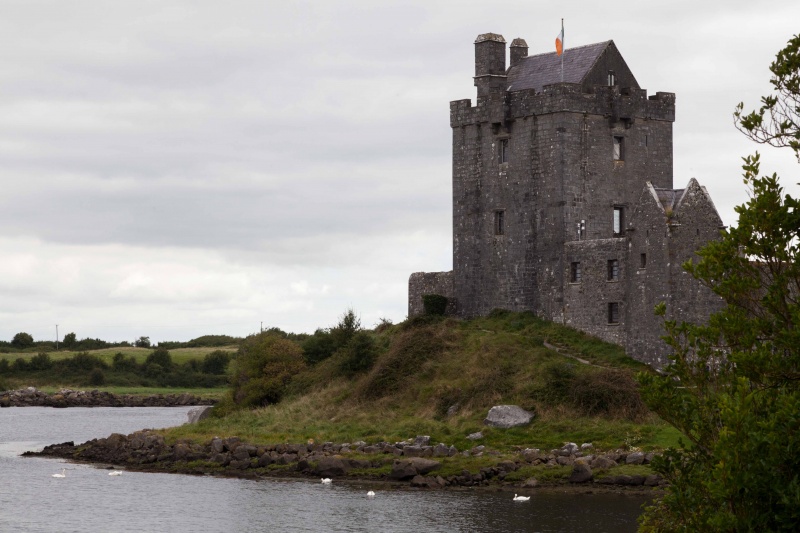 Something else that you don’t see everywhere: the Poulnabrone Dolmen. It’s not as big or as famous as Stonehenge but it’s free and there’s not a lot of people.
Something else that you don’t see everywhere: the Poulnabrone Dolmen. It’s not as big or as famous as Stonehenge but it’s free and there’s not a lot of people.
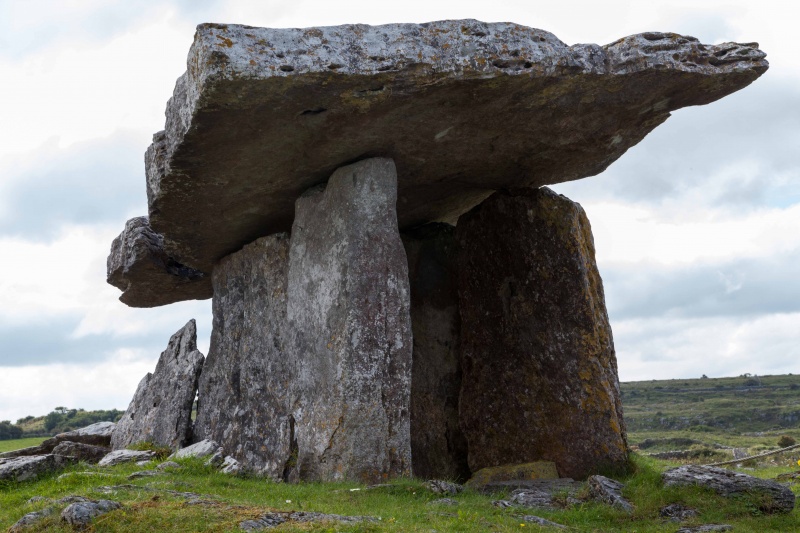 The area itself, the Burren, is interesting too. It’s mostly covered in rocks, with very little vegetation.
The area itself, the Burren, is interesting too. It’s mostly covered in rocks, with very little vegetation.
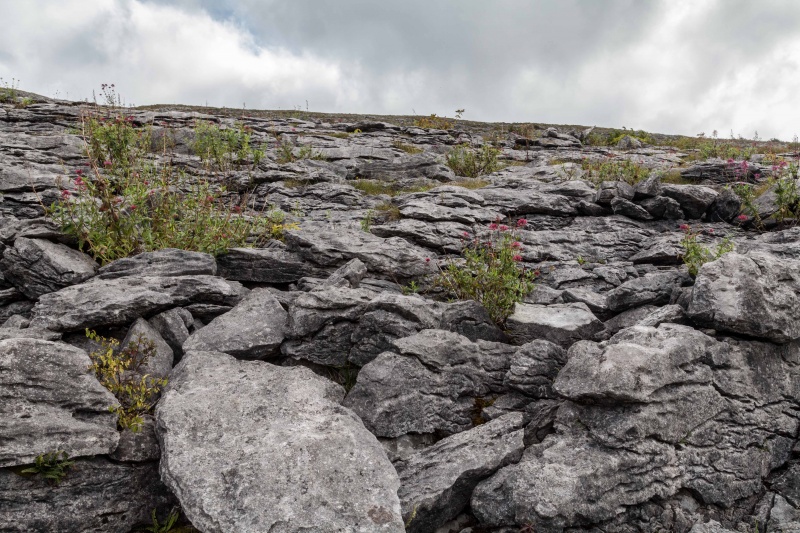 Another very famous spot: the Cliffs of Moher. Very touristy but the view is impressive, of course being lucky with the weather helps a lot. If you get the chance try to stay for the sunset.
Another very famous spot: the Cliffs of Moher. Very touristy but the view is impressive, of course being lucky with the weather helps a lot. If you get the chance try to stay for the sunset.
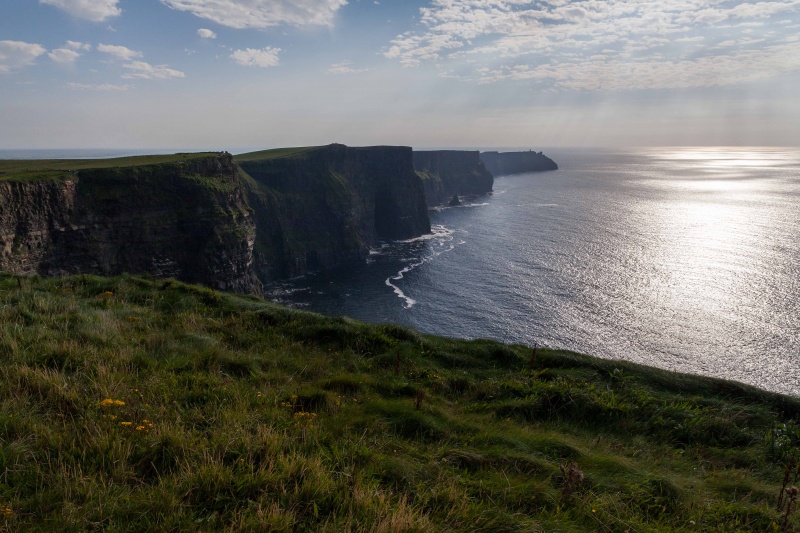 The visitor center is pretty cool because it was built under a hill to minimize the impact on the landscape.
The visitor center is pretty cool because it was built under a hill to minimize the impact on the landscape.
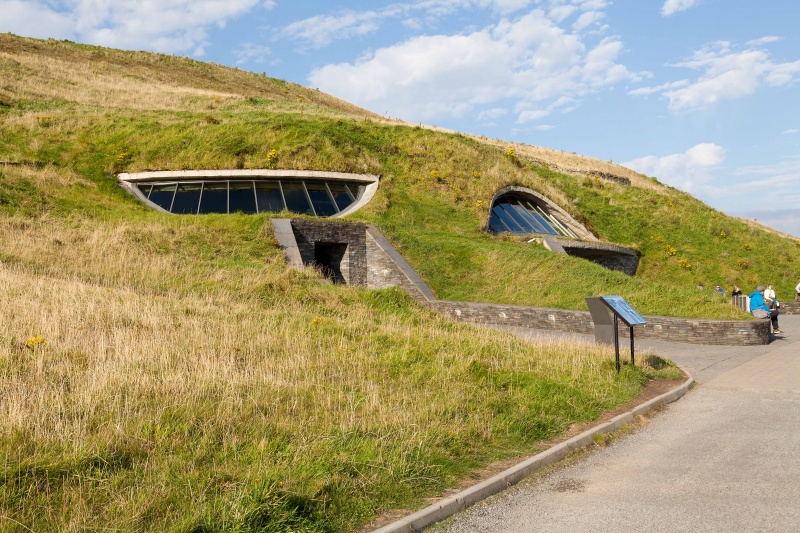 Yet another stone building: the Gallarus Oratory, an old chapel. What I find impressive about this kind of building is the way that they took stones of all sizes and shapes and managed to make them fit together. And it’s still standing after many centuries.
Yet another stone building: the Gallarus Oratory, an old chapel. What I find impressive about this kind of building is the way that they took stones of all sizes and shapes and managed to make them fit together. And it’s still standing after many centuries.
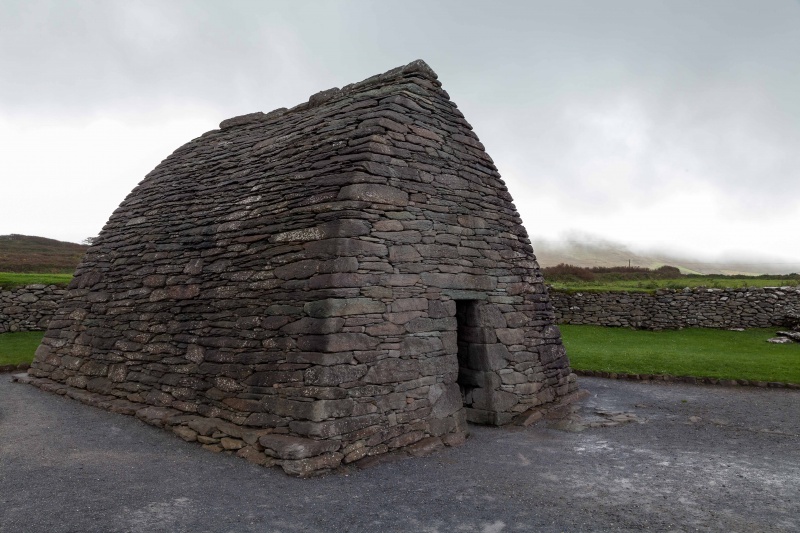 Oh, just so you don’t start thinking that it was sunny all the time here are some pictures of a more typical Irish weather.
Oh, just so you don’t start thinking that it was sunny all the time here are some pictures of a more typical Irish weather.
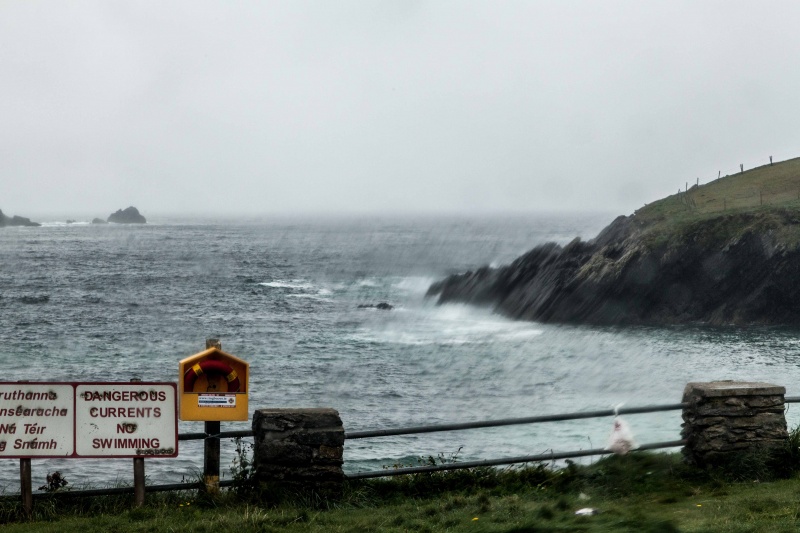

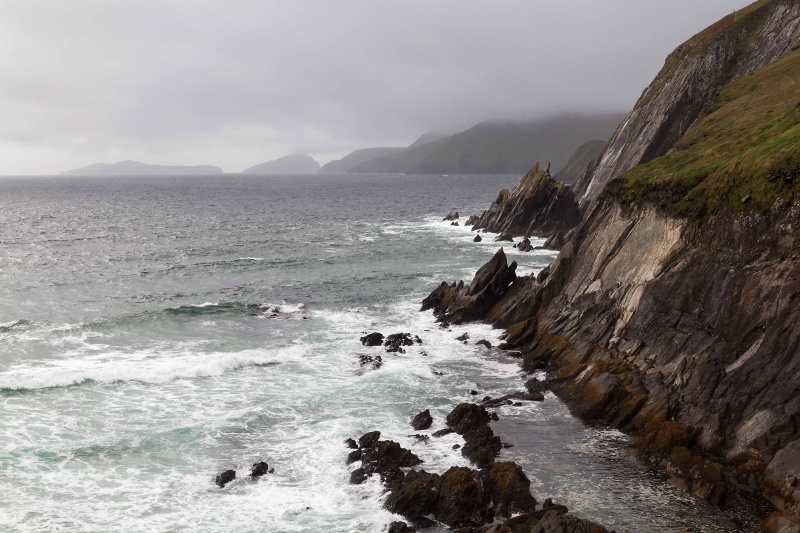 Because the weather tends to be grey and rainy some people try to bring more color in their lives, like the inhabitants of Dingle who like to paint their buildings in bright colors.
Because the weather tends to be grey and rainy some people try to bring more color in their lives, like the inhabitants of Dingle who like to paint their buildings in bright colors.
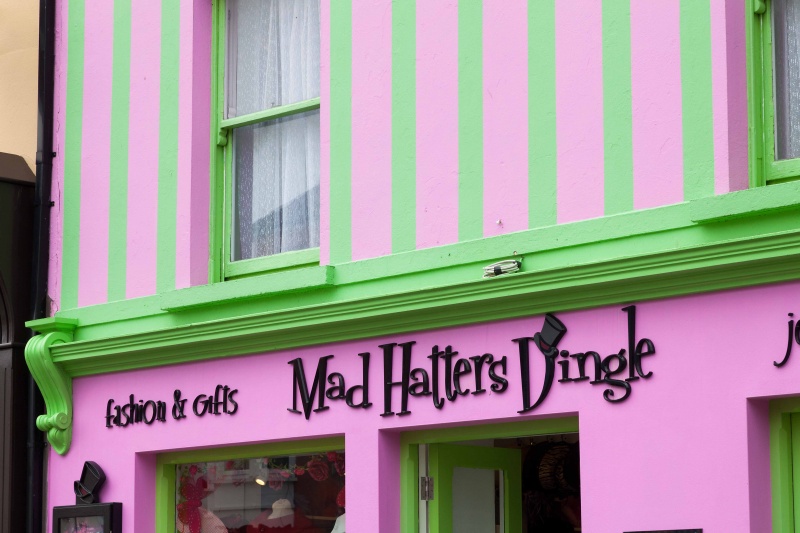
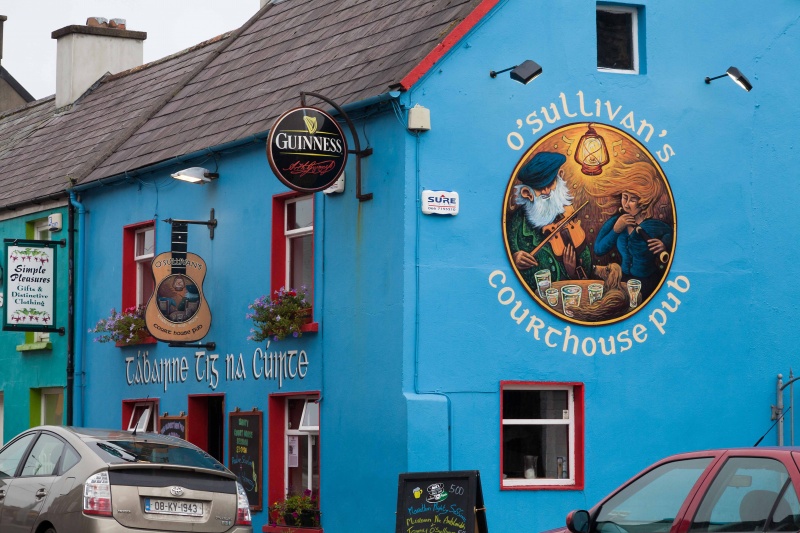
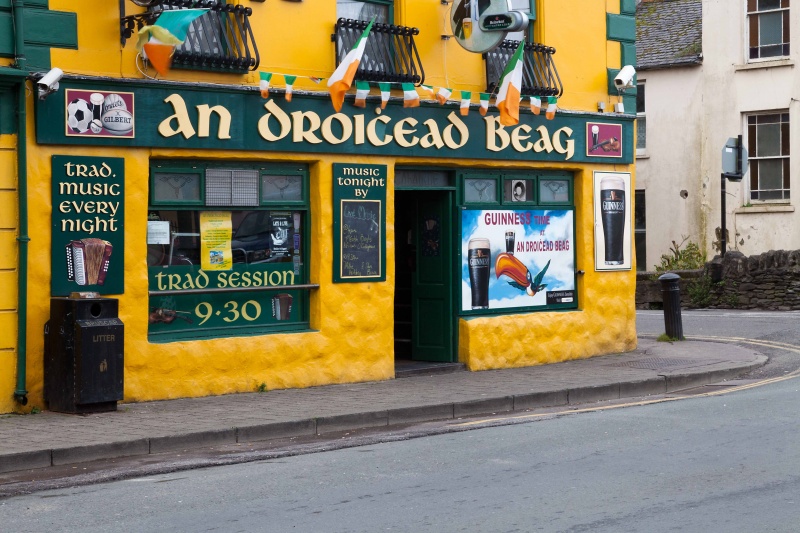
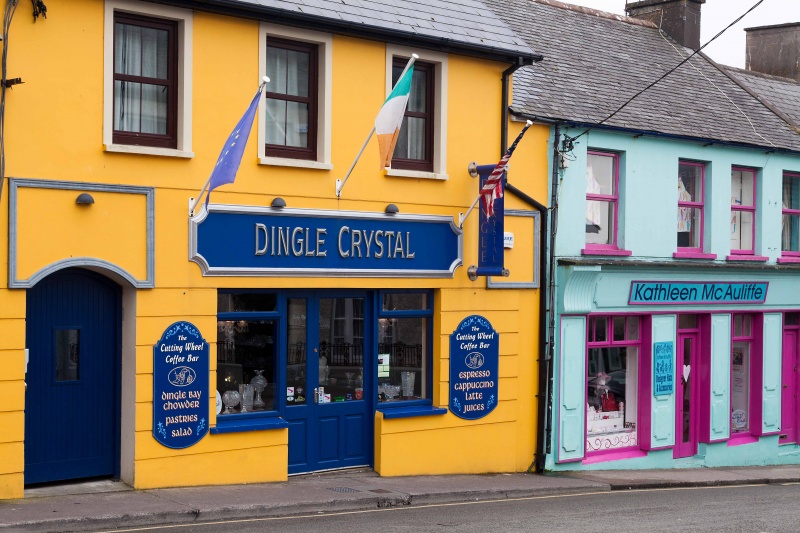 Fun fact: there’s a dolphin named Fungie living in the coast near Dingle and apparently he likes playing with swimmers.
Fun fact: there’s a dolphin named Fungie living in the coast near Dingle and apparently he likes playing with swimmers.
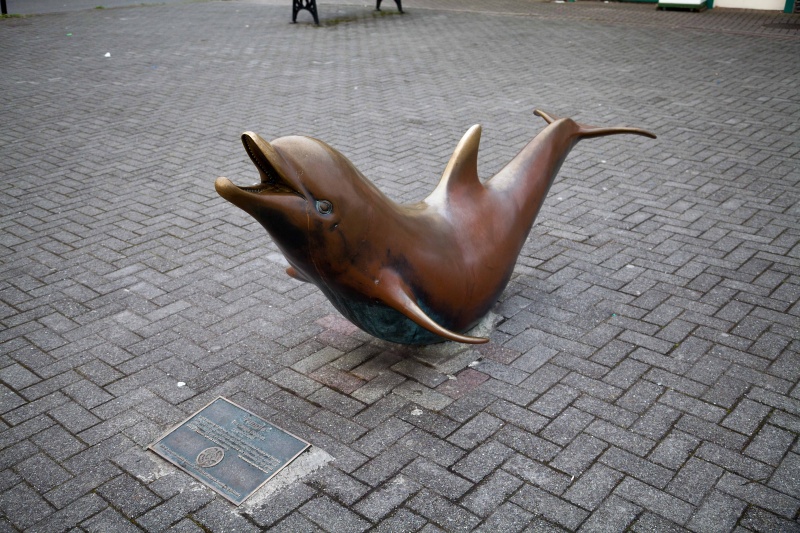 The weather stayed very cloudy but it does add a certain atmosphere to places like the Muckross Abbey so it’s not so bad.
The weather stayed very cloudy but it does add a certain atmosphere to places like the Muckross Abbey so it’s not so bad.
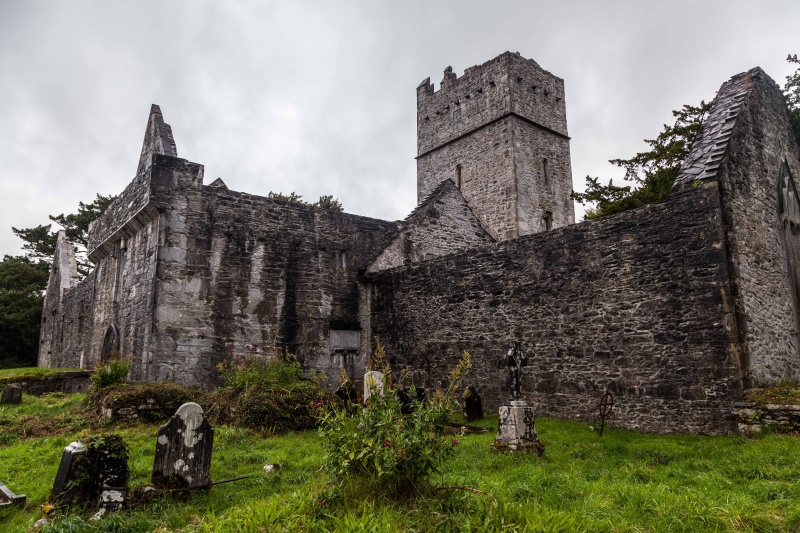
 Well, except that I had planned a tour to Skellig Michael but the boat trip had to be canceled because the sea was too rough. Skellig Michael is a small, very rocky island with a monastery but it’s hard to dock a boat there so the tours are very dependent on the weather. Oh by the way the last scene of The Force Awakens was filmed there (so now it’s going to be full of tourists).
Well, except that I had planned a tour to Skellig Michael but the boat trip had to be canceled because the sea was too rough. Skellig Michael is a small, very rocky island with a monastery but it’s hard to dock a boat there so the tours are very dependent on the weather. Oh by the way the last scene of The Force Awakens was filmed there (so now it’s going to be full of tourists).
You’ll notice that I chose to skip the biggest cities like Dublin. The reason being that my time was limited and it would be easy enough to take a flight back without having to rent a car if I ever want to visit them.
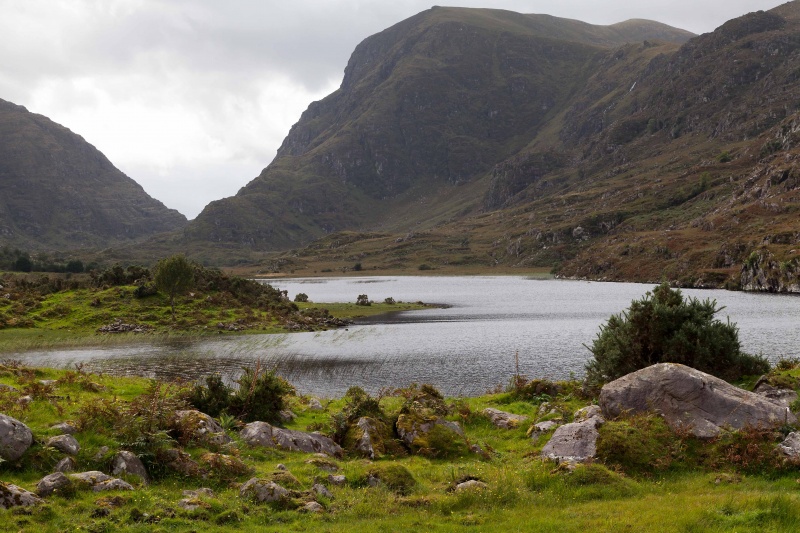 Actually since I took the ferry in France I also made a very quick stop at the Mont Saint-Michel on my way back to Belgium so here are the pictures you like: Mont Saint-Michel.
Actually since I took the ferry in France I also made a very quick stop at the Mont Saint-Michel on my way back to Belgium so here are the pictures you like: Mont Saint-Michel.
